Panasonic Lumix S9 review: very compact creator
Are A full-frame sensor and interchangeable lenses in a compact body a recipe for success?
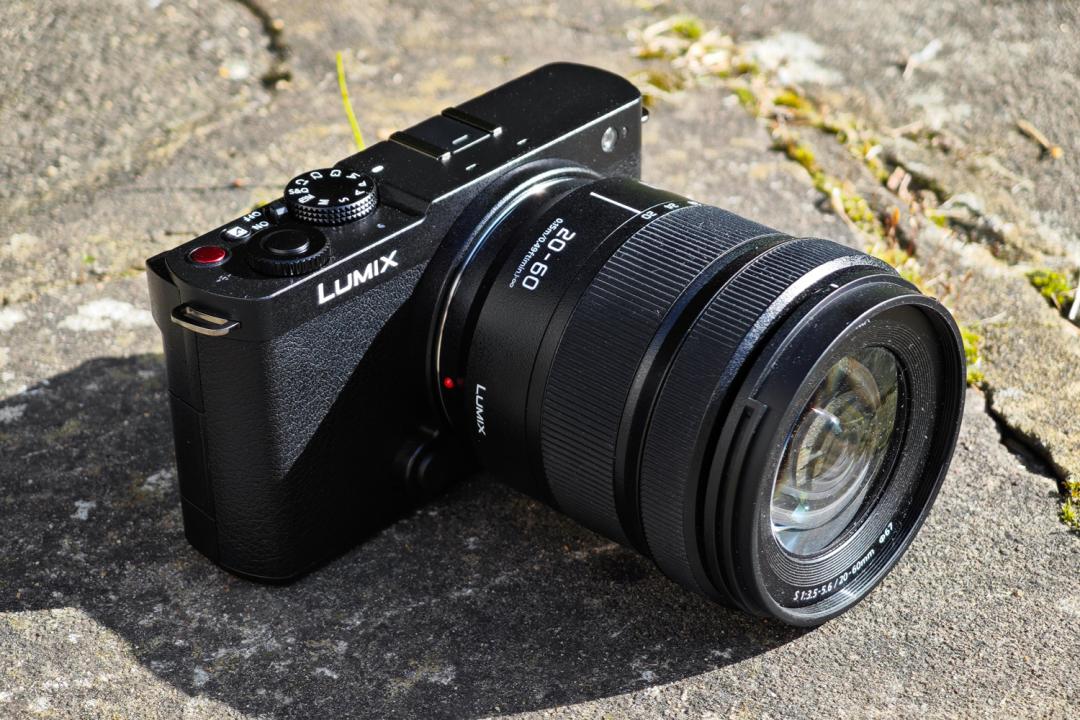
Stuff Verdict
About as small as full-frame compacts with swappable lenses get. The Panasonic Lumix S9 takes gorgeous photos and is a capable video camera, but the lack of viewfinder will irk street specialists.
Pros
- Fantastic stills and excellent video recording
- Brilliantly compact for a full-frame interchangeable lens camera
- Real-time LUTs great for creativity
Cons
- No EVF feels like a missed trick
- Companion app not as slick as some rivals
- Battery life not the greatest
Introduction
Rangefinder-inspired compact and mirrorless cameras are having their heyday, thanks in part to a social media frenzy stirred up by Fuji’s phenomenally popular X100 series. Rivals are now hoping to muscle in by going even smaller, fitting larger sensors, or adding interchangeable glass into the mix. The Panasonic Lumix S9 asks: why not all three?
Essentially a Lumix S5 II in a much, much smaller body, the Lumix S9 makes the diminutive Sony a7C II look huge in comparison – and is somehow even smaller than the fixed-lens Fujifilm X100VI (although that quickly changes once you bolt anything other than a pancake lens to the front). Yet inside there’s a stabilised 24MP full-frame sensor that can also film in 6K. Panasonic has also put realtime LUTs front-and-centre, giving easy access to colour effects through a dedicated button.
Launching at £1499/€1699 body-only, or £1799/€1999 with a 20-60mm f/3.5-5.6 kit lens, it undercuts the Sony and is a third of the price of the fixed-lens Leica Q3. Can such compact dimensions make it a go-to for creators that are regularly on the move?
How we test cameras
Every camera reviewed on Stuff is tested in a range of lighting conditions, with a variety of subjects and scenes. We use our years of experience to compare with rivals and assess ergonomics, features and general usability. Manufacturers have no visibility on reviews before they appear online, and we never accept payment to feature products.
Find out more about how we test and rate products.
Design & build: open range


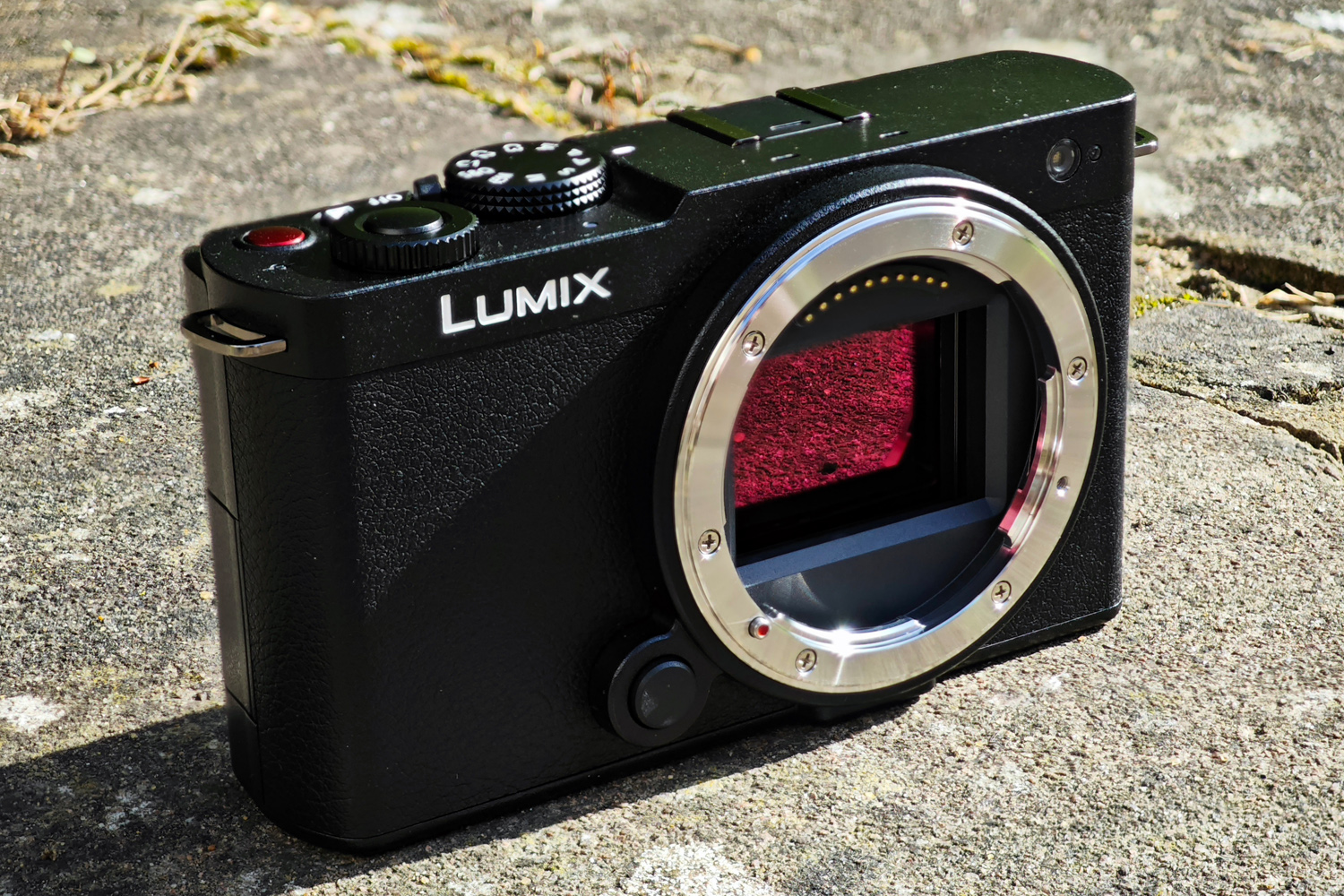
Instead of its usual ‘SLR on a smaller scale’ approach, Panasonic has given the Lumix S9 a rangefinder-style body – a first for the S series. I got real Leica Q3 vibes from my black review unit, which is quite the compliment given one of those will set you back north of £5000. The alloy construction lacks the Leica’s milled metal wow factor – but it helps keep weight down to a mere 486g before you fit a lens. This is a fantastically portable camera.
That you can also pick one up in Crimson Red, Dark Olive and Classical Blue colours hints that Panasonic isn’t exactly aiming the Lumix S9 at traditionalists. The other giveaway is the absence of a viewfinder. I spent my first few hours raising the camera to my eye expecting one to be there; given the S9’s closest rivals all have some sort of viewfinder, it feels like a major omission here.
Instead, composition is done entirely via the 3in touchscreen, which also rotates out for vlogging. I like that it can be flipped over to keep the screen safe from scratches while the camera is in your bag, though – neither the pricier Leica nor the Fujifilm X100VI can do that. It was bright enough to see clearly during a particularly sunny weekend, but can’t rival an EVF for reflection-busting isolation.
Panasonic has kept things nice and simple on the top plate, with a shooting mode dial, command dial around the shutter button, power switch, and buttons for exposure control and video recording. There’s an accessory mount here too, but it’s a cold shoe; with no electrical contacts you can’t power external flashes and the like.
Everything else is found at the rear, including the button dedicated to real-time LUTs. Every button can be reached with either your thumb or index finger, and I found the scroll wheel/directional pad combo very intuitive for navigating Panasonic’s comprehensive menu system. The thumb grip above means you can wield this camera one-handed if you like – but I’d still fit a neck or wrist strap to avoid accidental drops.
Features & battery: that’s your LUT
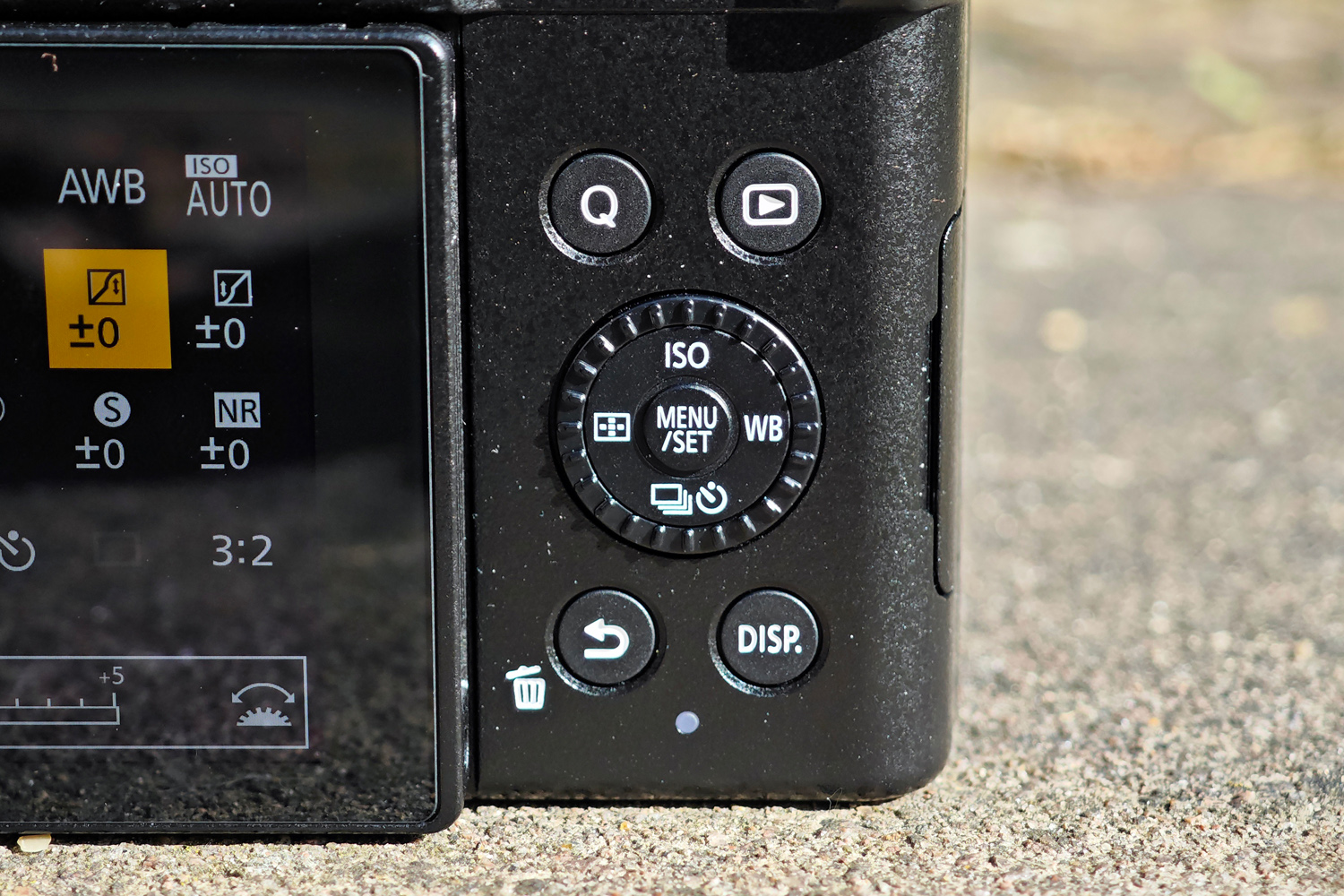


Panasonic has sensibly stuck the micro HDMI and USB-C ports on the right side of the camera, well away from the articulating touchscreen; cables could easily block the screen on the otherwise very video-friendly Lumix S5 II, which had its ports on the opposite side. The 3.5mm mic input is high enough up that wires didn’t get in the way when I fitted a shotgun microphone.
You’re limited to 10 minute clip lengths at 6K resolution, but the Lumix S9 is otherwise a very capable film camera. That’s because it can do open-gate recording, capturing the sensor’s entire output and picking an aspect ratio later, and has a new MP4 Lite file type that’s 41% smaller than regular old MP4, making transfers to a PC or smartphone that much quicker. Panasonic’s real-time LUTs are a great way to apply colour treatments in-camera, too.
In some ways they’re better than Fuji’s crowd-pleasing Film Simulations: you can create your own LUTs, download ones created by other photographers, and store up to 39 on the camera itself. Having a dedicated button makes it a breeze to apply them quickly without hunting through menus, too.
Panasonic’s Lumix Lab smartphone app doesn’t entirely streamline the process, though. It’s much quicker to Bluetooth pair devices than the firm’s previous efforts, sure – but you can’t copy new LUTs and have automatic image transfer active at the same time. The app has to be open to send images, with no notification prompt on your phone that the camera is waiting to transfer. Establishing a Wi-Fi connection every time takes a while, too.
There’s just room for a single SD card inside the battery bay, which supports UHS-II speeds. Dual SD slots would’ve been a challenge given the S9’s size, but a microSD slot for redundancy, a la the Nikon Zf, would’ve been nice. The battery itself is the same capacity as the Lumix S5 II, and is good for a similar 470 shots – which is decent rather than impressive. USB-C charging meant I could top up on the move from a portable power bank.
Performance: stable AF
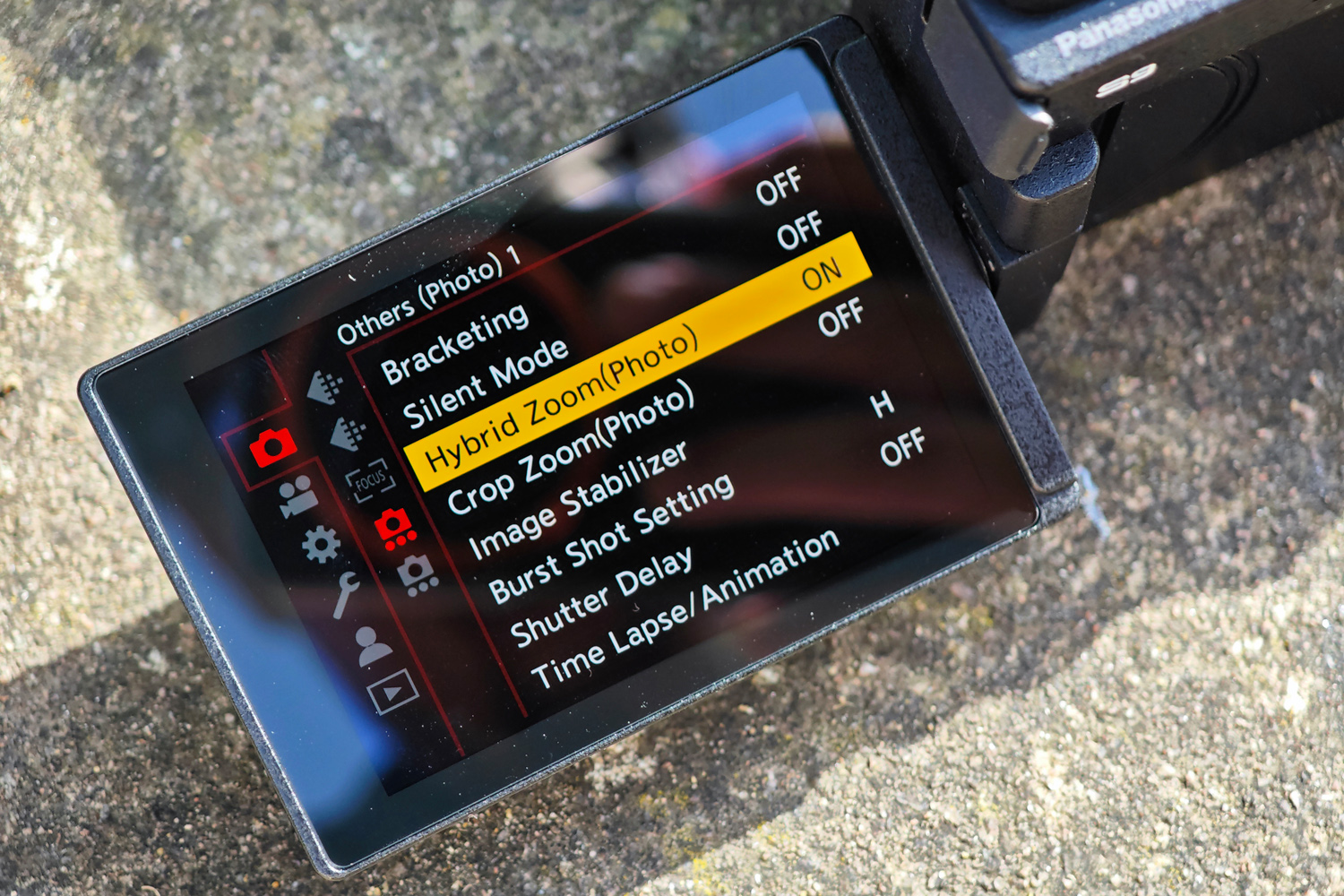

The Lumix S5 II had impressive in-body stabilisation, and Panasonic has managed to squeeze the same system inside the S9. It’s a welcome inclusion in a rangefinder-style compact, which isn’t always as easy to grip steadily like an SLR-style mirrorless camera, and allowed for very stable panning and tilting video footage at my review unit’s maximum 60mm zoom.
It also did a great job once I enabled Hybrid Zoom, one of two new zoom options specific to the S9. It combines sensor cropping and optical magnification, more than tripling the magnification of the 20-60mm kit lens. Details were wonderfully preserved at 187mm. The Crop Zoom does exactly that, cropping in on lenses that would otherwise restrict you to a single focal length in-camera.
The autofocus system is also a match for the Lumix S5 II, with both contrast and phase detection as well as human, animal and vehicle subject recognition. It’s just as speedy here, locking on and maintaining focus, even if you’ve got to remember to swap between the different modes when changing subjects. Sony still has the lead here, I feel, but it’s on par with anything from the Nikon and Fuji camps at this size and price.
It’s a great pairing with the burst shooting mode, which can manage up to 9fps normally, and 30fps in high speed mode. My cat, which normally refuses to sit still for pictures, was no match for it.
Image quality: in the frame


It might be outdone on pixel count by APS-C rivals, but the 24MP Lumix S9 isn’t short on detail – and doesn’t overdo it on sharpness in an attempt to squeeze out more perceived resolution either. The full-frame sensor captures natural-looking images with very good dynamic range. I did experience a few blown-out skies, but RAW processing is able to pull back a lot of the highlights.
Officially this isn’t the same sensor as the one found in the Lumix S5 II, though it has the same resolution. As with that camera, the Lumix S9 isn’t the cleanest at high ISOs, making ISO6400 about as high as I was happy to shoot at.









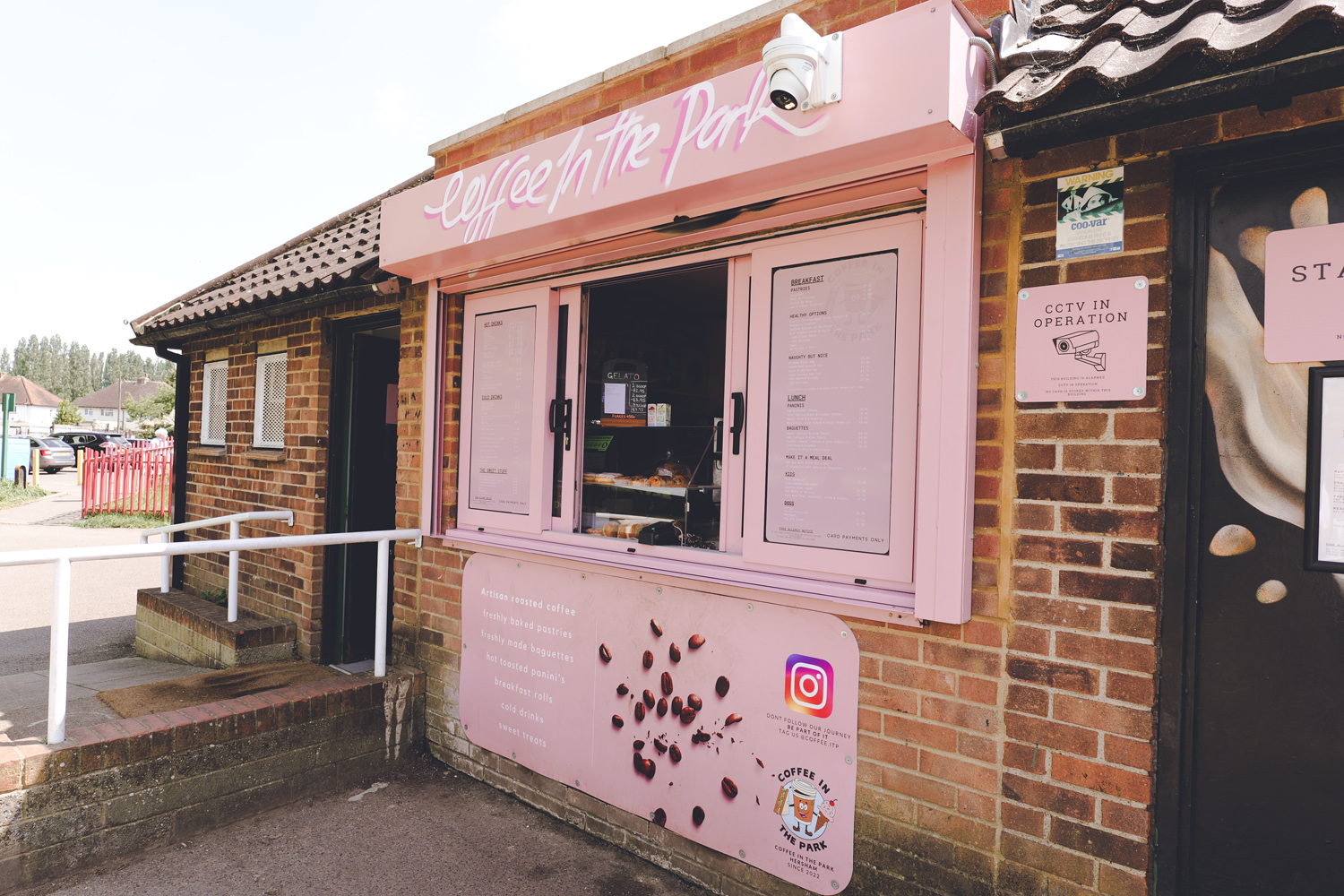
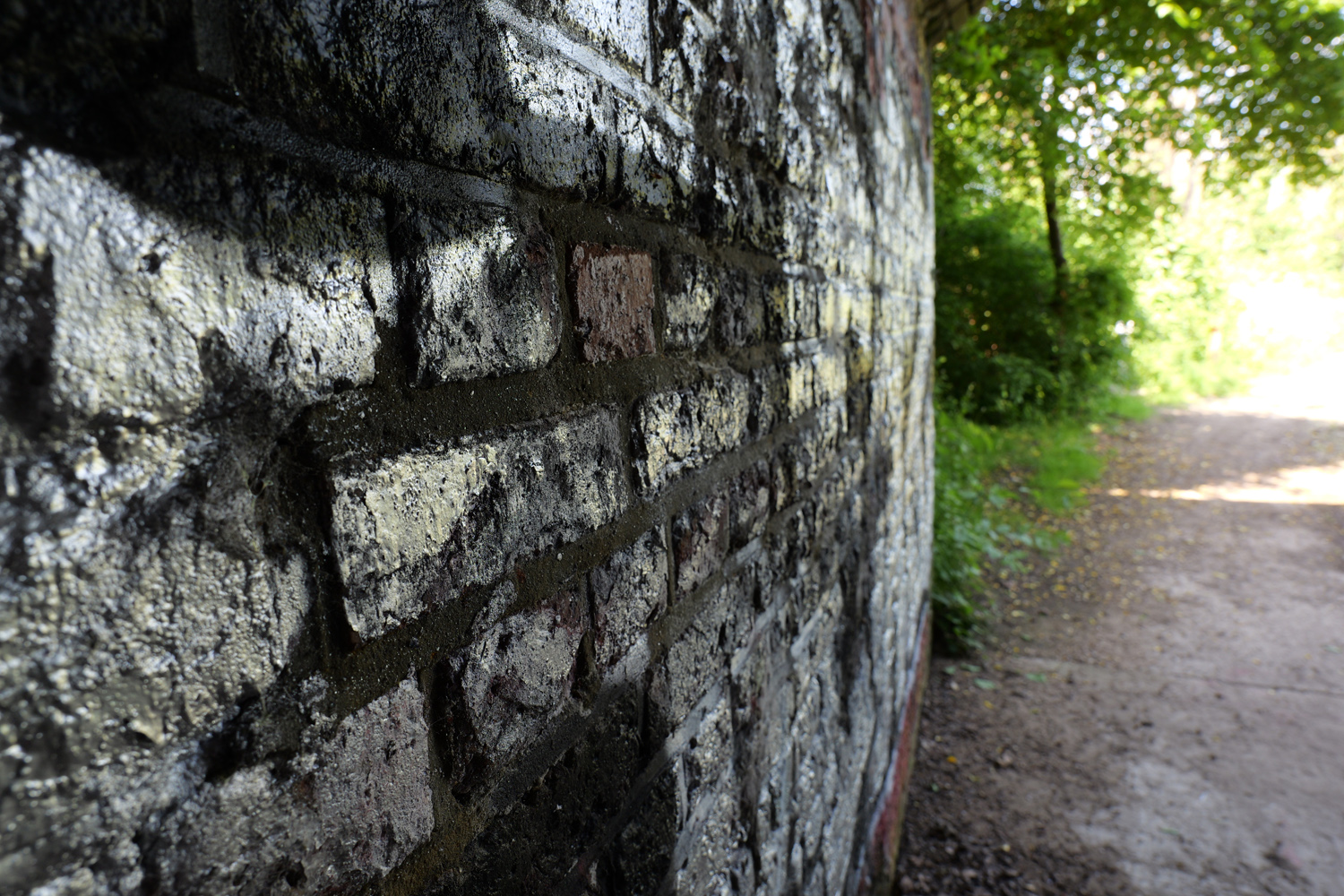
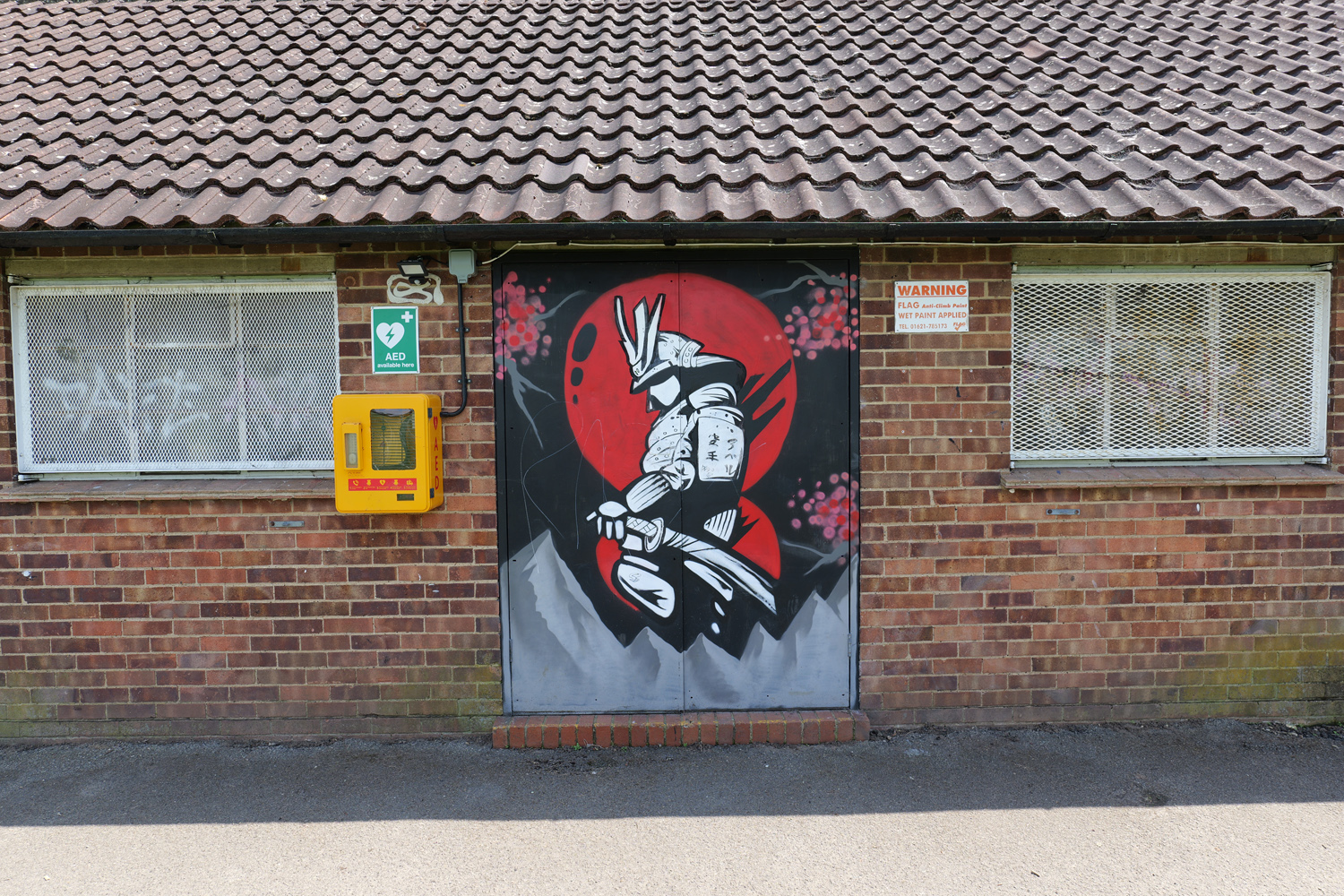





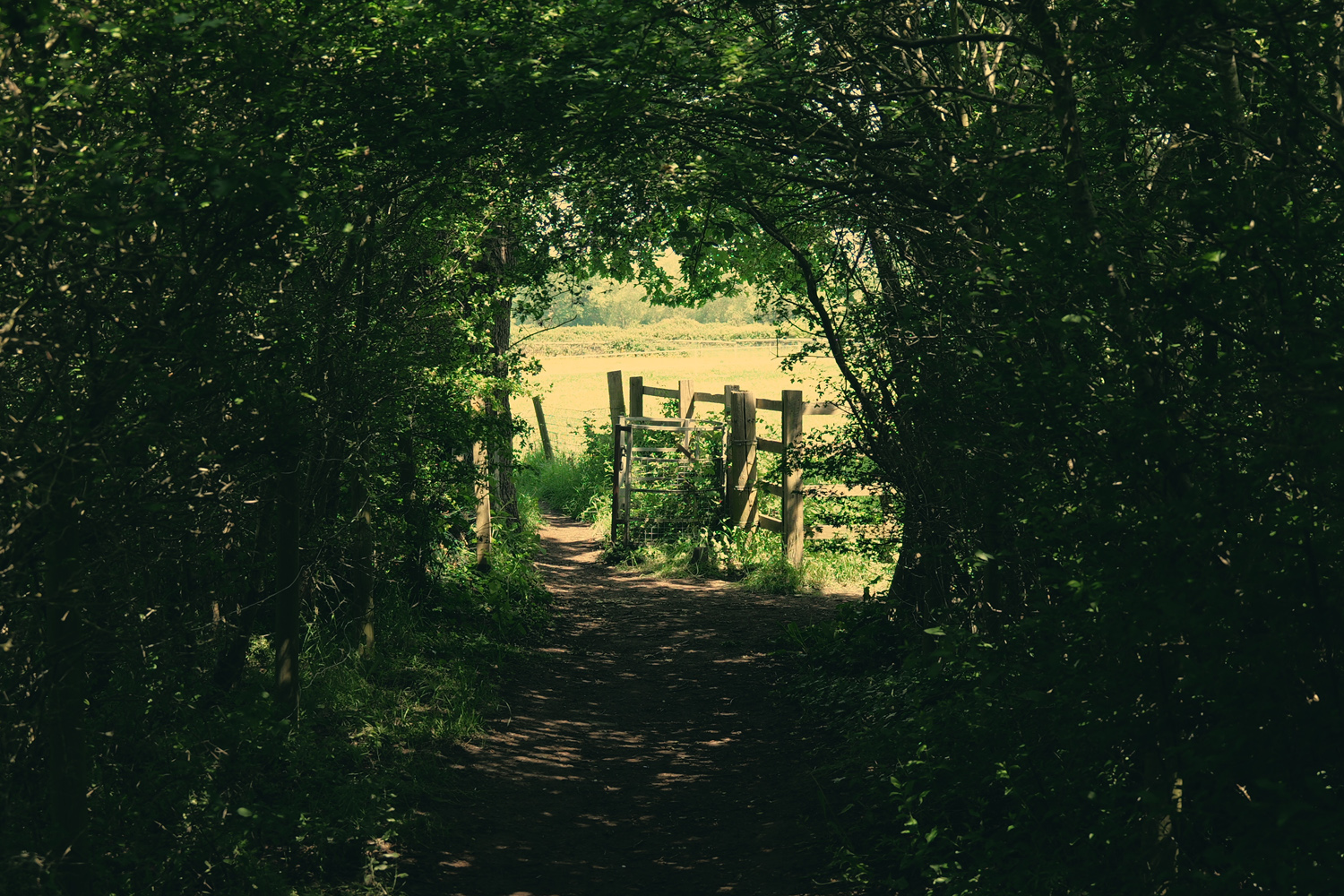
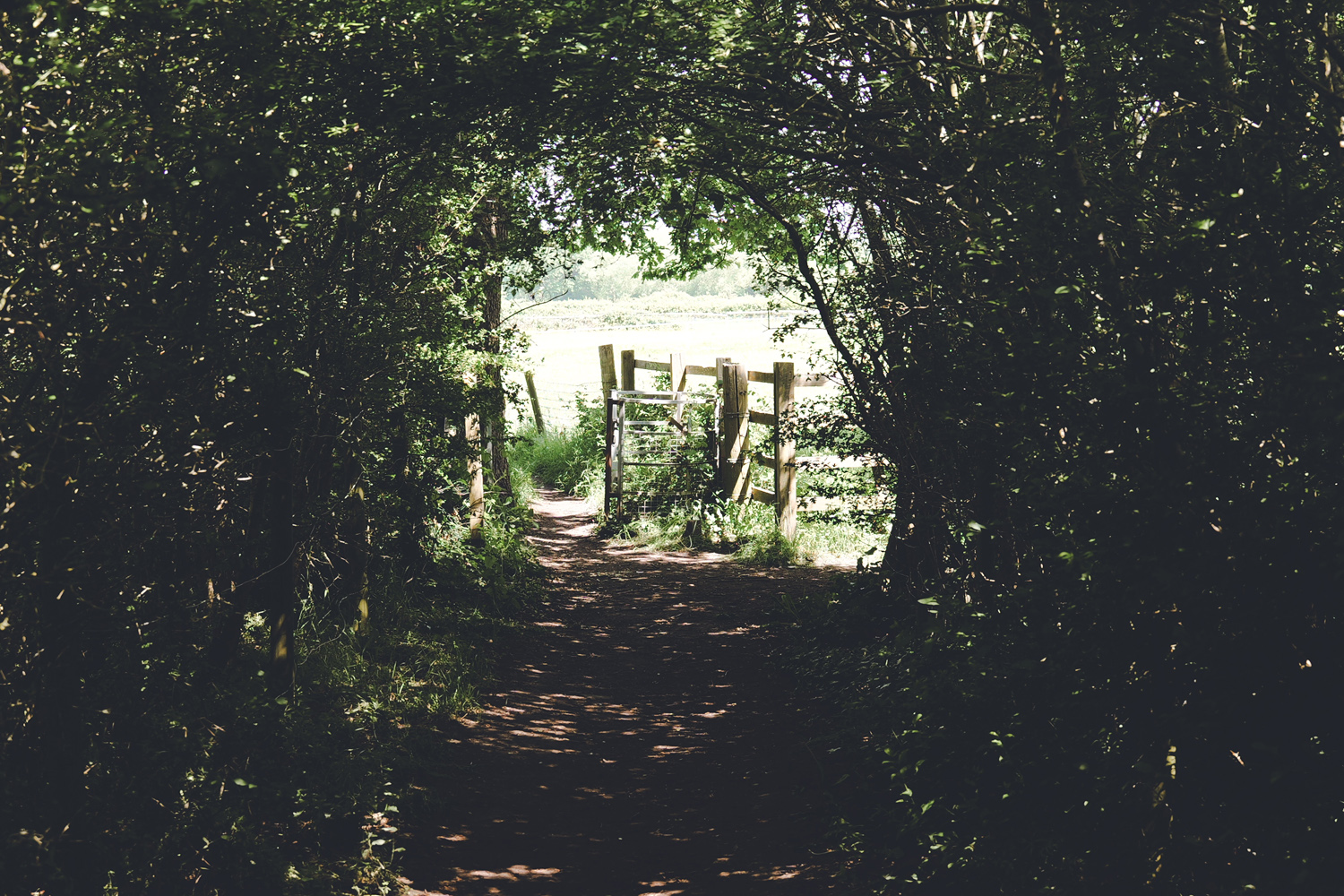

If you’re shooting JPEGs there’s a handful of baked-in colour modes to pick from, on top of the real-time LUT function. Vivid amps up the vibrancy a tad, if you’re a fan of the modern smartphone look; I preferred the more film-like L.ClassicNeo and L.Monochrome.
LUTs are the big draw, of course; after pairing to my phone and installing the Lumix Lab app, I could scroll through a large selection of Panasonic- and content creator-made options, with a neat before/after slider to see the difference before you hit the download button. Once sent to the camera, I could quickly activate them with a few taps.
They’re not as carefully curated as Fuji’s film simulations, but the handful of LUTs I tried made for dramatic, impactful shots. That you can then tweak them further to your own tastes via the phone app is a big win, too.


The Lumix S9 isn’t short on options when it comes to glass, with over 80 Panasonic, Sigma and Leica lenses available via the L Mount alliance. It will launch alongside a 26mm pancake lens, which lets Panasonic say its full-frame interchangeable compact is smaller than Fuji’s APS-C fixed-lens option – but I don’t think that holds up in reality.
That’s because it’s a manual focus lens, which makes it less practical for point-and-shoot photography. Even with focus peaking, I found it tricky to get tack-sharp shots on account of the touchscreen not being as high-res as an EVF would be. The 20-60mm kit lens is a larger, but much easier to use, option.
Panasonic Lumix S9 verdict

Before the Lumix S9 landed, anyone wanting interchangeable lenses and a full-frame sensor in a rangefinder body had to shop Sony; that’s no longer the case. Panasonic has delivered a brilliantly compact camera that takes gorgeous stills and high quality video. While real-time LUTs aren’t entirely new, the S9 capitalises on them to tempt photographers previously swayed by Fuji’s Film Simulations – although the companion app that transfers them to the camera could stand to be a bit slicker.
This is also a keenly priced camera, relatively speaking. A Sony A7C II with 28-60mm kit lens will set you back £2249; here a 20-60mm kit starts at £1799. That’s not a whole lot more than the fixed-lens Fuji X100VI, which also has a smaller APS-C sensor.
I think the lack of a viewfinder, either optical or electronic, is a real downer in a camera that otherwise excels at street photography. But not everyone will feel that way. If going touchscreen-only isn’t a dealbreaker, this could be a fantastic travel companion.
Stuff Says…
About as small as full-frame compacts with swappable lenses get. The Panasonic Lumix S9 takes gorgeous photos and is a capable video camera, but the lack of viewfinder will irk street specialists.
Pros
Fantastic stills and excellent video recording
Brilliantly compact for a full-frame interchangeable lens camera
Real-time LUTs great for creativity
Cons
No EVF feels like a missed trick
Companion app not as slick as some rivals
Battery life not the greatest
Panasonic Lumix S9 technical specifications
| Sensor | 24.2MP full-frame CMOS |
| Lens mount | L-mount |
| ISO range | ISO50-204800 (extended) |
| Continuous shooting | 9fps / 30fps (electronic shutter) |
| Video recording | 6K/30p, 4K/60p, 1080/120p |
| Screen | 3.0in, 3-way LCD touchscreen |
| Viewfinder | None |
| Storage | SDHX UHS-II |
| Connectivity | Wi-Fi, Bluetooth, USB-C, micro HDMI, 3.5mm microphone |
| Battery life | 430 shots |
| Dimensions | 126x74x46.7mm, 486g (body only) |



